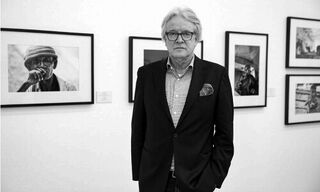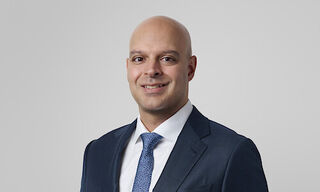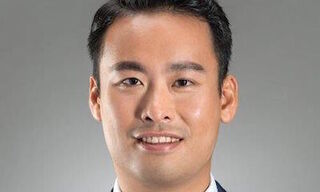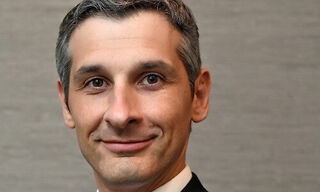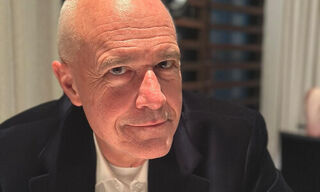Despite the hype that virtual banks can now serve customers without physical branches, traditional banks are not only maintaining their networks but also sprucing some of them up. finews.asia takes a look at how UOB has spiced up its branches in Singapore and Thailand.
Not every financial product can be easily transacted online, as some involve complicated legal outcomes and multiple parties. That's when the human banker, offering varying solution comes in, says UOB's head of group channels and digitalization, Janet Young.
«Aside from asking about highly complicated housing loan advice, many customers also come to the branch for financial advice particularly in financial planning needs at different stages of their lives,» said Young.
Beautiful Branches
With 61 branches (consisting of full-service branches and smaller touch points) plus 762 ATMs spanning across Singapore, UOB does not take its entrenched physical network for granted. In fact, it wants to use them to retain footfall and increase face-time.
In employing design thinking, UOB puts together what is desirable from a human point of view (convenience) with what is technologically feasible and economically viable. While its Orchard branch targets the well-heeled, those branches in the heartland targets families who may be bringing families out for meals or shopping, explained Young.
Its Tampines branch, which is located right next to a cafe within a shopping mall (pictured below), is one example of how it spruce up branches to make banking enjoyable.
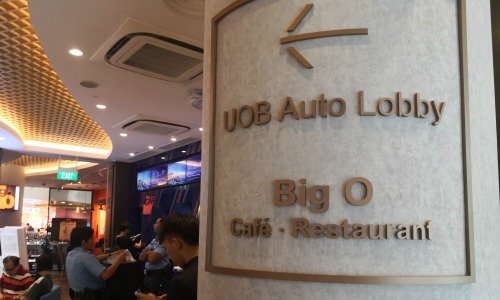
Design Thinking
What's the optimum number of branches to maintain in order to maximize cost effectiveness and reach, one would ask? Here, UOB has applied design thinking and analytics. After looking at the population at each heartland area and establishing an optimal network density, they then triangulate to a branch location based on where people tend to spend most of their time.
«We use geospatial analytics to determine branch locations based on where people live, work or play,» said Young. Depending on the needs of customers in the area, the bank may relocate or add new branches, but the overall number of branches remains relatively similar at more than 60 over the last decade.
Reversing The Ratio
In a traditional bank branch, about 70 percent of the floor space is devoted to tellers and servicing, with 30 percent dedicated to wealth advisory, said James Rama Phataminviphas, Country Head of Channels and Digitalisation, UOB (Thai).
- Page 1 of 2
- Next >>














